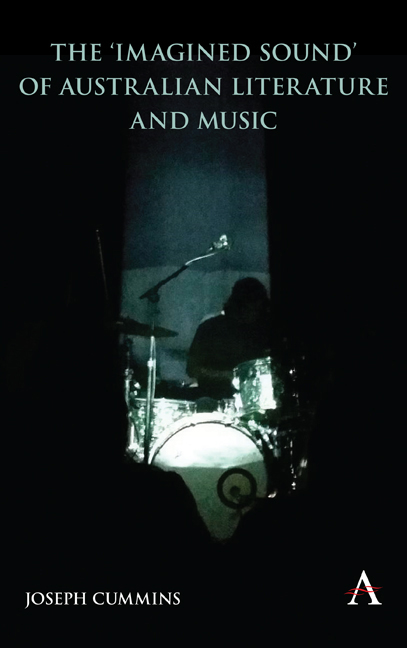Summary
Imagined Sound maps a diversity of spaces, historical timeframes, conceptual approaches and creative reimaginings. From the centre of the continent to the coastal fringe, from the ‘island continent’ to tiny landmasses far out in the Pacific, from the 1960s, 1970s, 1980s, 1990s, 2000s and 2010s, the range of spaces and times that emerged from the works of literature and music assembled in this book cohered around two pivotal geoimaginaries: the continent, and the island and archipelago. The multiplicity of responses to these two spatial configurations, and the related-but-distinct nature of listening to novels, songs, jazz suites, poems, video clips, and song lyrics, echoes the potential for these forms to be reimagined by writers and composers, to be transformed by personal artistic aims and historical contexts. Soundscapes of terror, refrains of transcendence, verses and choruses sung to raise political awareness or remind us of the unburied past, sampled voices from the past bourn on oceanic tides, screams echoing across haunted landscapes, the visceral abjection of the colonial island, the chains of a global archipelago. The situations and environments resounding through the last seven chapters are a unique kind of catalogue of Australian space and time. Listening to ‘imagined sound’ enables us to hear this diversity of sonic situation.
The continent, the island, the archipelago: each has its own harmony of imagined sounds. The soundscapes and refrains of the continent – the replaced desert centre walk walked by the mytho-Modernists Webb and Lumsdaine, the iconic images of Uluru, sorry suits and lyrical refrains of recognition sung by Midnight Oil, or the subtle bush soundscapes of Miller's postcolonial novels – sound out the ‘geo-becoming’ that has taken hold of Australian artistic production since World War II. In these works, the continent – sometimes the ‘island continent’ – is both insular and vast, a series of landscapes teaming with sounds sometimes haunting, sometimes refreshing. Building and rebuilding what the continental landmass is in our ears and minds, Webb and Lumsdaine made discoveries – sites of isolation, paranoia and transcendence. Later, around the turn into the post-Mabo era, Midnight Oil and Miller revisited these continental myth-scapes, but progressed further by working to recognize Indigenous Australia.
- Type
- Chapter
- Information
- The 'Imagined Sound' of Australian Literature and Music , pp. 161 - 166Publisher: Anthem PressPrint publication year: 2019

